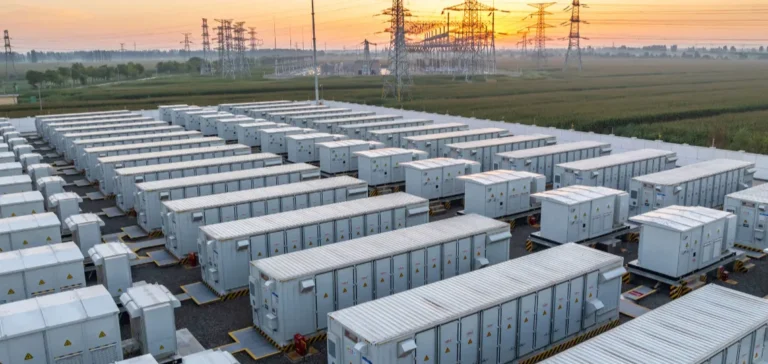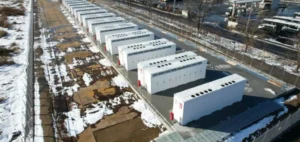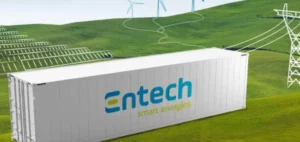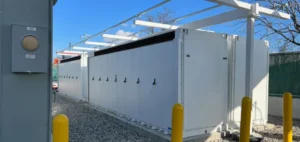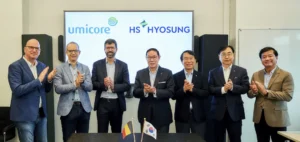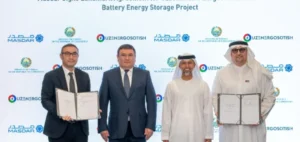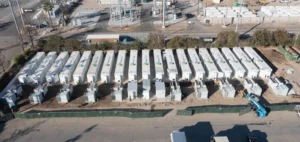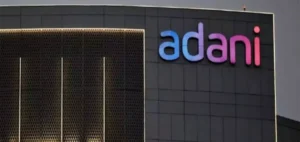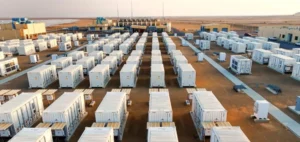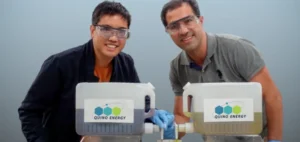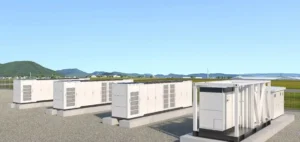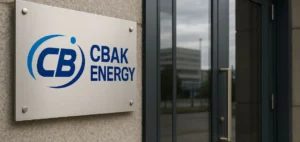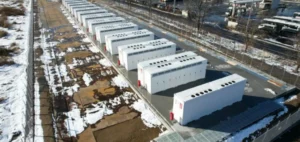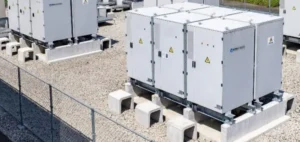The global containerized Battery Energy Storage System (BESS) market is projected to increase from USD 13.87 billion in 2025 to USD 35.82 billion by 2030. This growth, estimated at a compound annual rate of 20.9%, is fueled by the rising integration of renewable energy sources and the need for reliable solutions to ensure grid stability. The modularity and fast deployment of containerized systems make them a preferred option for residential, commercial, and utility applications.
Capacity segmentation: dominance of the 1,000–5,000 kWh segment
The segment of systems with capacities between 1,000 and 5,000 kilowatt-hours (kWh) captures the largest market share. This capacity range is considered the optimal balance between cost, compactness, and operational flexibility, suitable for applications such as load shifting, electric vehicle charging, microgrids, or industrial facilities. These systems are usually housed in 20-foot or 40-foot containers, facilitating transport and onsite implementation.
The growth of solar-plus-storage solutions is also boosting this segment. It acts as an energy optimization tool for companies seeking to manage costs without overinvesting. This positioning makes it the most versatile option in the containerized BESS market.
Persistence of lead-based technologies in specific uses
Despite the dominance of lithium-ion batteries, advanced lead-based technologies, such as gel batteries or absorbed glass mat (AGM) batteries, continue to play a significant role. Their advantages—low upfront cost, thermal robustness, and recyclability—make them relevant in cost-sensitive contexts or technically demanding environments. They are notably deployed in telecom infrastructure, isolated microgrids, or backup systems in rural areas.
Their compatibility with standard power electronics, combined with a mature supply chain, provides a logistical advantage in regions with limited technical support. These batteries therefore represent a complementary solution to lithium-ion in the containerized storage landscape.
Europe, a strategic market supported by strong public policies
Europe maintains a strategic position in the development of containerized BESS, supported by ambitious climate policies such as the European Green Deal and the “Fit for 55” package. These measures foster the adoption of storage solutions to mitigate renewable intermittency and modernize power infrastructure.
Public and private investments in local battery manufacturing and supply chain reinforcement are supported by initiatives such as the European Battery Alliance. The rise of electric mobility and industrial electrification is adding pressure on the grid, accelerating the adoption of flexible storage systems. In this context, Europe is well positioned to retain a significant share of the global market by 2030.


